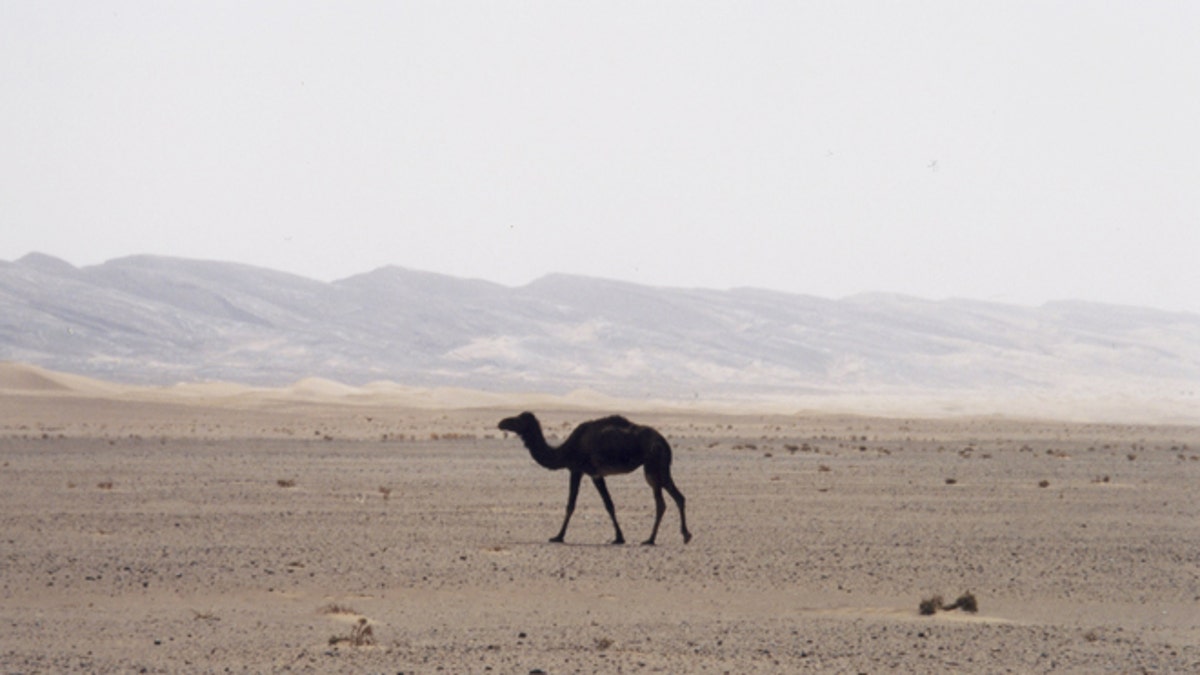
Archaeologists say they've pinpointed the domestication of camels in the Middle East -- and the science directly contradicts dates in the Bible. (FoxNews.com / Jeremy A. Kaplan)
Archaeologists from Israel’s top university have used radiocarbon dating to pinpoint the arrival of domestic camels in the Middle East -- and they say the science directly contradicts the Bible’s version of events.
Camels are mentioned as pack animals in the biblical stories of Abraham, Joseph and Jacob, Old Testament stories that historians peg to between 2000 and 1500 BC. But Erez Ben-Yosef and Lidar Sapir-Hen of Tel Aviv University's Department of Archaeology and Near Eastern Cultures say camels weren’t domesticated in Israel until centuries later, more like 900 BC.
[pullquote]
“In addition to challenging the Bible's historicity, this anachronism is direct proof that the text was compiled well after the events it describes,” reads a press release announcing the research.
To find the first camel, Sapir-Hen and Ben-Yosef used radiocarbon dating to analyze the oldest known camel bones in the Arabian Peninsula, found at the remains of a copper smelting camp in the Aravah Valley, which runs along the border with Jordan from the Dead Sea to the Red Sea.
The bones were in archaeological layers dating from the last third of the 10th century BC or later — centuries after the patriarchs lived and decades after the Kingdom of David, according to the Bible, the researchers said. The few camel bones found in earlier archaeological layers probably belonged to wild camels, which archaeologists think lived there during the Neolithic period or even earlier.
Notably, all the sites active in the 9th century in the Arava Valley had camel bones, but none of the sites that were active earlier contained them.
"The introduction of the camel to our region was a very important economic and social development," Ben-Yosef said. "By analyzing archaeological evidence from the copper production sites of the Aravah Valley, we were able to estimate the date of this event in terms of decades rather than centuries."
The arrival of domesticated camels promoted trade between Israel and exotic locations unreachable before, according to the researchers. Camels can travel over much longer distances than donkeys and mules, opening up trade routes like the Incense Road that stretched from Africa through Israel to India.




















